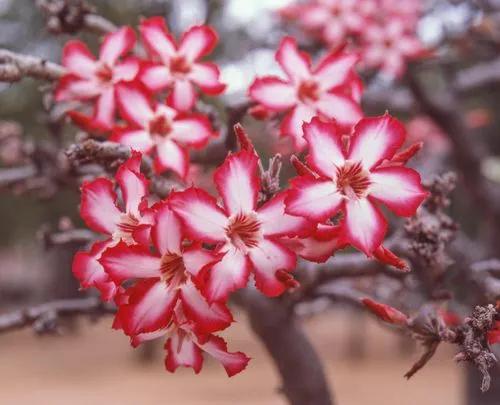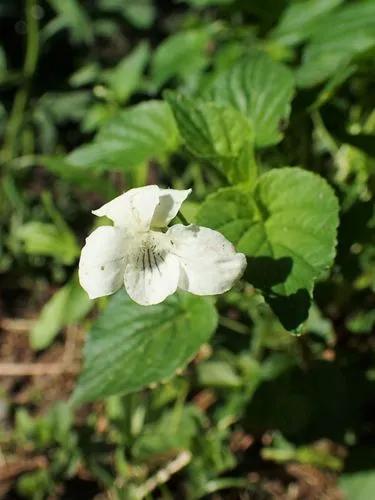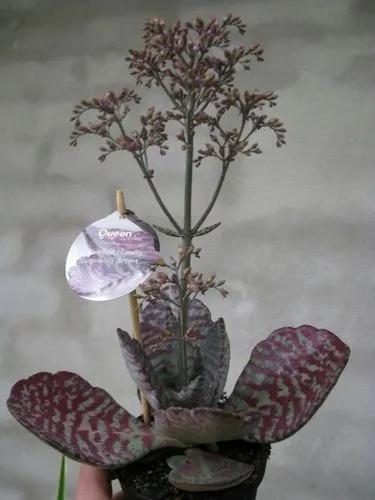Native to Kenya and Tanzania, Streptocarpus saxorum is a mesmerizing flowering plant that can enchant with its deep blue blooms. This lush greenie is sure to fill any space with summer vibes.
False African Violet Care
Streptocarpus saxorum



Commonly known as False African Violet, Streptocarpus saxorum is a perennial evergreen member belonging to the Gesneriaceae family. Native to Africa, this flowering plant can thrive in humid tropical and subtropical climates. It usually grows to a height of 8-12 in (20-30 cm) and spreads 24-30 in (60-76 cm) wide. The plant has a trailing growing habit, with branches covered with thick hair. The elongated foliage is deep green in color and has a glossy texture. It’s marked with veins. False African Violet is long-blooming and produces violet, trumpet-shaped, 5-petalled blooms with white throat throughout Spring and Summer. It can bloom up to winter in favorable conditions.
How to Care for the Plant

Water

Give your greenie a drink when the top 2 in (5 cm) of soil feel dry to the touch. It’s important not to waterlog the Violet, as excessive moisture leads to root rot.

Pruning

Early spring is the best time for pruning to maintain the plant’s health and shape. Remove yellowed foliage and debris with sterile scissors.

Fertilizer

Adding some all-purpose fertilizer is a good way to give the plant extra feeding. Dilute a balanced 10-10-10 NPK fertilizer to the half-recommended dose and feed the Violet monthly during the spring-summer growing season.

Sunlight

False African Violet feels best in a bright place under indirect light. An east-facing window would be the most comfortable for this plant.

Soil

It’s best to plant False African Violet in a well-draining, slightly acidic soil with 5.8-6.2 pH. Adding some perlite or vermiculite to the soil mix can help improve drainage.

Propagation

Stem cutting is the most popular way to propagate False African Violet. Take a 4 in (10 cm) healthy cut from the current year’s growth and remove the lower leaves. It’s important to cut under the node. Put the cutting in a well-draining soil mix to let it enroot.

Temperature

False African Violet feels best at 75-82°F (24-28°C) temperature range. It can tolerate as low as 54°F (12°C); however, it’s better to keep the plant away from cold drafts and temperature fluctuations.

Container

Growing False African Violet in a pot, choose a bit bigger container than the plant’s current root ball. It’s important to use a pot with at least one drainage hole to avoid waterlogging. It’s not recommended to plant this greenie in a deep pot, as it’s not rootbound. It’s better to use a semi-shallow container.

Fun fact

In its natural habitat, False African Violet grows on rocky slopes in full sun. It can also be found in the 700-1700 m rifts above sea level.

Popularity

964 people already have this plant 45 people have added this plant to their wishlists

Common pests

Mealybugs, scales, and spider mites can affect False African Violet growing indoors. In case you spot any affection signs such as webbing, yellowing foliage, or stunted growth, treat the plant with an insecticide.

Frequent diseases

False African Violet is susceptible to root rot and fungal diseases coming from overwatering. If you see any infection on the foliage, replant the greenie with fresh soil and treat it with a fungicide.

Botanist’s tips

Discover more plants with the list below
Popular articles






